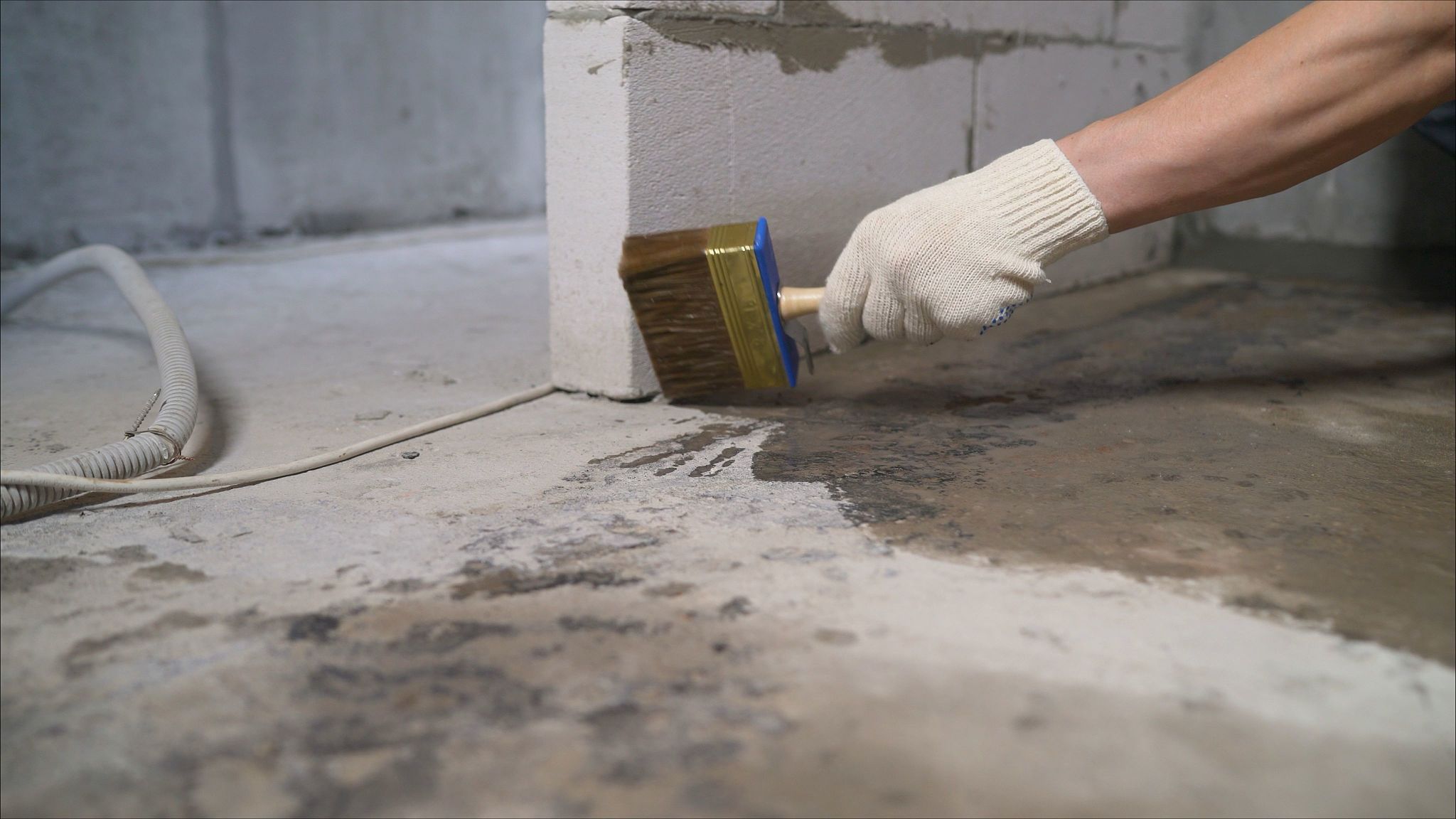Preventing Water Damage: Essential Repairs for Old Homes
Understanding the Risks of Water Damage in Old Homes
Old homes possess a unique charm and character, but they also come with their own set of challenges, particularly when it comes to water damage. Over time, the materials and structures in these homes can deteriorate, leading to vulnerabilities that allow water to seep in. Understanding the risks is the first step in safeguarding your home.
Water damage can lead to structural issues, mold growth, and a decline in indoor air quality. It's crucial for homeowners to be proactive in identifying and addressing potential problem areas. Regular inspections and timely repairs can prevent costly damage in the long run.

Inspecting and Repairing Roofs
The roof is one of the most critical areas to inspect for potential water damage. In older homes, roofs may have worn shingles, damaged flashing, or clogged gutters that can lead to leaks. Regular maintenance and repairs are essential to keep your roof in top condition.
Consider hiring a professional to conduct a thorough inspection. They can identify issues like missing shingles or damaged flashing and recommend appropriate repairs. Additionally, ensure that gutters are cleaned regularly to prevent water pooling and overflow.
Replacing Old Windows and Doors
Windows and doors are common entry points for water in older homes. Over time, seals can fail, and frames can warp, allowing moisture to penetrate. Replacing or repairing these elements can significantly reduce the risk of water damage.
Look for signs of wear such as rotting wood, peeling paint, or condensation between glass panes. If replacement is necessary, opt for modern, energy-efficient models that provide better insulation and protection against the elements.

Maintaining Plumbing Systems
Old plumbing systems are prone to leaks and bursts, which can cause significant water damage if left unchecked. Regular maintenance and timely repairs are crucial to prevent potential disasters.
Check for signs of leaks such as damp spots, reduced water pressure, or unexplained increases in water bills. Consider upgrading old pipes and fixtures to modern, durable materials that are less prone to damage.
Improving Basement Waterproofing
Basements in older homes are often susceptible to water infiltration due to poor waterproofing. This can lead to mold growth and structural damage if not addressed.
Ensure that basement walls and floors are properly sealed. You might also consider installing a sump pump and drainage system to effectively manage water levels and prevent flooding.

Enhancing Exterior Drainage
Proper exterior drainage is key to preventing water from accumulating around your home’s foundation. In older homes, the landscape and drainage systems may need updating to ensure water flows away from the structure.
Evaluate the grading around your home to make sure it slopes away from the foundation. Additionally, install or repair downspouts and drainage pipes to efficiently channel water away from the building.
Conclusion: The Importance of Regular Maintenance
Preventing water damage in old homes requires diligence and regular maintenance. By addressing potential problem areas such as roofs, windows, plumbing, and drainage systems, homeowners can protect their investment and preserve the unique character of their homes.
Taking proactive measures not only prevents costly repairs but also ensures a safe and healthy living environment. Regular inspections and timely repairs are the best defense against the persistent threat of water damage.
